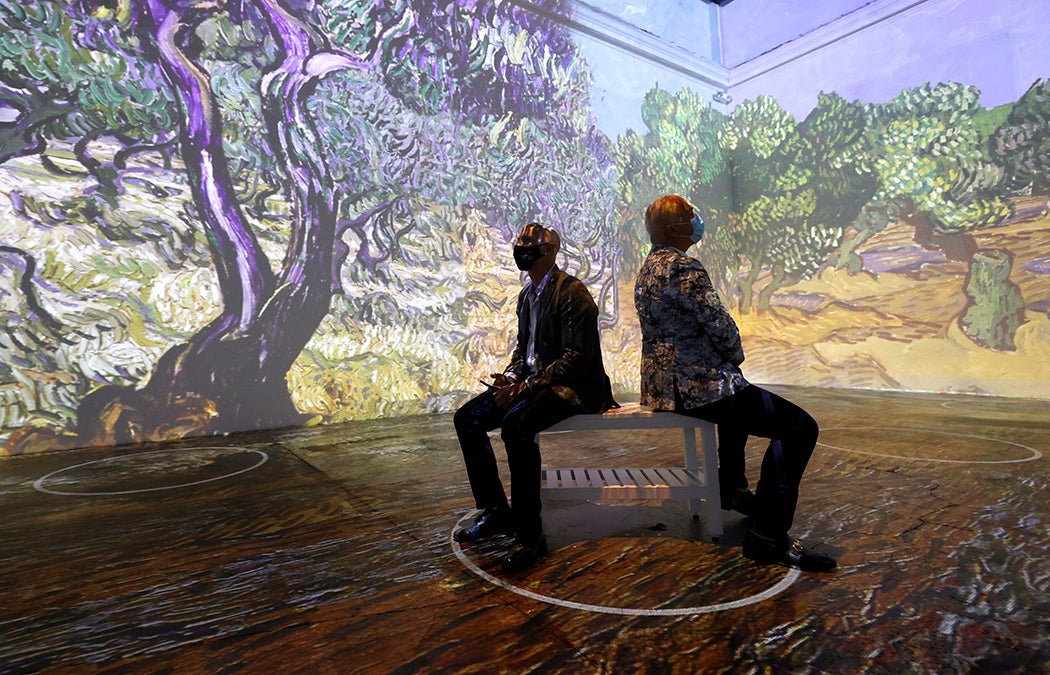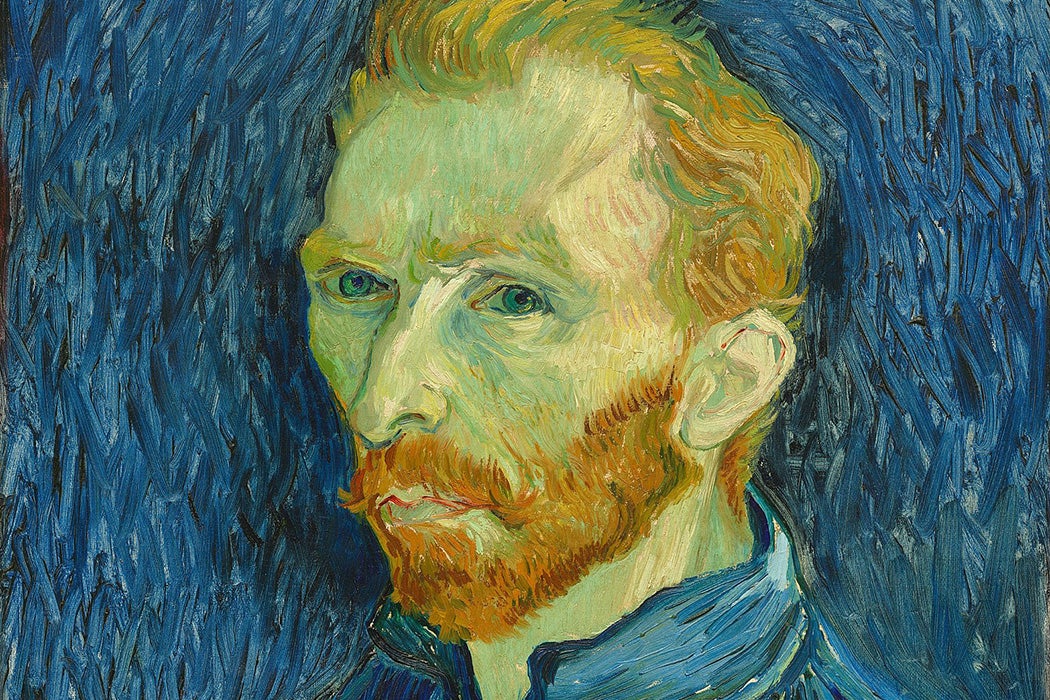With the advent of digitization, art has become more accessible to the masses than ever before. While the world of NFTs and crypto art may not appeal to everyone, they can certainly engage with digitized versions of art with which they are already familiar. Dutch post-impressionist painter Vincent van Gogh’s work, with its distinctive use of color and unique methodology of form, lends itself particularly well to digitization.
Despite being one of the most renowned artists of the modern age, Van Gogh only received recognition after his 1890 death by suicide at age thirty-seven. In a 1962–63 paper published in the Bulletin of the Detroit Institute of the Arts, Professor of Art History at the University of Chicago, Joshua C Taylor, argues that Van Gogh’s work was based on his emotions and therefore resonates with viewers decades after his death. Taylor highlights Van Gogh’s “brief but intense career as a painter,” which made him adept at making a “painting that would project through its own sensuous form the emotion and vitality of a creative life.”
After a period of capturing the vagaries of the human condition through his dark and depressive portraits of peasant life, Van Gogh lived in Paris during the height of the Impressionist era. Hence, he “respond[ed] to the new color sensations with an intensity equal to that which he had first associated with religion, then with his awareness of the raw humanity of the wretchedly poor,” Taylor writes.
“I believe in the absolute necessity for a new art of color, of design and—of artistic life,” Van Gogh claimed. “And if we work in that faith, it seems to me there is a chance that our hope is not vain.”

In his letters to his beloved brother Theo, Van Gogh wrote of being fascinated with the discovery of these colors:
I am always in the hope to express the love of two lovers by a marriage of two complementary colors, their mingling and their opposition, the mysterious vibrations of kindred tones. To express the thought of a brow by the radiance of a light tone against a sombre background.
Taylor argues that this new-found interest in vibrant color and form gave Van Gogh an insight into human values and the will to preserve them for posterity in a way that his previous exposure to religion and social work had not. As Vincent wrote to Theo,
[I]n a picture, I want to give something comforting as music is comforting. I want to paint men and women with that something of the eternal that the halo used to symbolize, and which we seek to give by the actual radiance and vibration of our colors.
It is this new and exciting quality that holds the viewer’s attention in Van Gogh’s work. As Taylor describes it, “Flowers burgeon with exhilarating energy, trees pulsate with life, and the world becomes live with a constantly renewing creative force.” He believes that Van Gogh’s presence in the paintings is inextricably linked with the viewer’s personal experience, and therefore Van Gogh’s self becomes an extension of the viewer.
Weekly Newsletter
Perhaps the Van Gogh 360* Immersive Art experience has drawn crowds worldwide because of the artist’s emotive subjects, bold brush strokes, attractive colors, and the vibrant energy evident in his paintings. Taylor summarizes their appeal, describing Van Gogh’s paintings as a “special world he created for you in which there may be sadness and tragedy, but never loneliness.”
Support JSTOR Daily! Join our new membership program on Patreon today.







